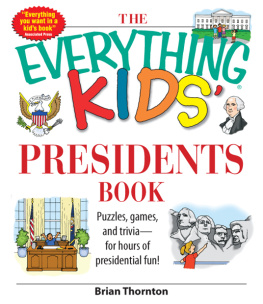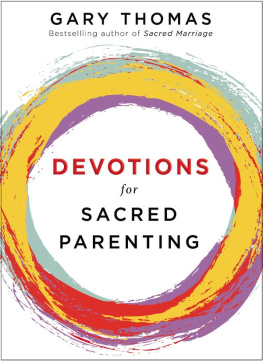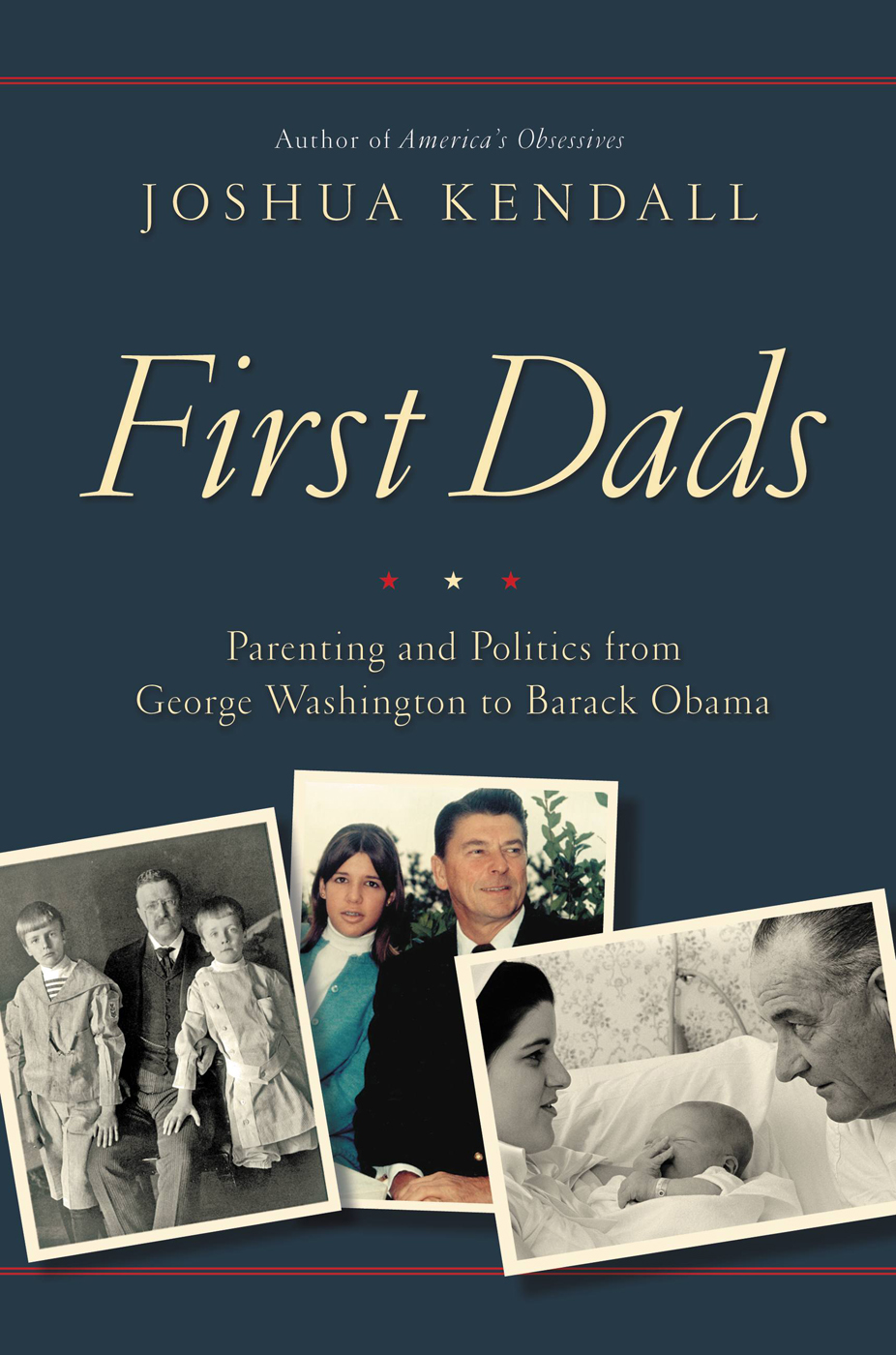Cover photograph of Roosevelt World History Archive/Ann Ronan Collection/age fotostock
Cover copyright 2016 by Hachette Book Group, Inc.
All rights reserved. In accordance with the U.S. Copyright Act of 1976, the scanning, uploading, and electronic sharing of any part of this book without the permission of the publisher constitute unlawful piracy and theft of the authors intellectual property. If you would like to use material from the book (other than for review purposes), prior written permission must be obtained by contacting the publisher at permissions@hbgusa.com. Thank you for your support of the authors rights.
Grand Central Publishing is a division of Hachette Book Group, Inc.
The Grand Central Publishing name and logo is a trademark of Hachette Book Group, Inc.
The Hachette Speakers Bureau provides a wide range of authors for speaking events. To find out more, go to www.hachettespeakersbureau.com or call (866) 376-6591.
The publisher is not responsible for websites (or their content) that are not owned by the publisher.
Photo credits can be found .
[The Presidents] emotional state is a matter of continual public commentary, as is the manner in which his personal and official families conduct themselves. The media bring across the President not as some neutral administrator or corporate executive to be assessed by his production, but as a special being with mysterious dimensions.
James David Barber, The Presidential Character, 1972
E arly on the morning of Saturday, July 2, 1881, a tense President James Garfield rushed into the White House bedroom shared by his two teenage sons, Harry and Jim, who were both still half asleep. As a startled seventeen-year-old Harry later wrote in his diary, [He] told us of the responsibilities and cares of his office, and then turn[ed] as quickly as he could from work to recreation.
The President began singing a line from Gilbert and Sullivans recent hit, HMS Pinafore, I mixed these babies up. The muscular six-foot, 185-pound Garfield then grabbed his two sons and carried them around the room, as if we were in fact two babies, added Harry.
Fifteen-year-old Jim initiated the next round of amusement. The agile and accomplished gymnast, who knew his way around both the trapeze and the springboard, did a flip-flop on the bed, daring his father to follow suit. You are the President of the United States, but you cant do that. Not only did Garfield acquit himself admirably, he then upped the ante by walking around stiff-kneed on his fingers and his toes. While Jim managed to match his fathers feat, Harry came up a bit short.
Just a couple of hours later, the three bachelors were scheduled to travel to Elberon, a resort in southern New Jersey where Garfields wife, Lucretia, was staying with the couples three younger children, Molly, 14, Irwin, 10, and Abram, 8, as she recuperated from malaria. The trios ultimate destination was Williams College in western Massachusetts, where the President was to attend his twenty-fifth reunion and the two teenagers, both recently accepted into the Class of 1885, were to register as freshmen.
Despite his wifes serious illness, four months into his presidency, Garfield was earning high satisfaction ratings from his five domestic subjects. He brought in a grandmotherhis mother, Elizato help look after them. Not trusting the public schools, the scholarly Chief Executive, who was steeped in Latin and Greek, had imported a special tutor from the Montana Territory named Dr. Hawkes. The easygoing President enjoyed playing croquet with his children. He also liked to read to themShakespeares plays were common fare. The President also had a remarkable knack for defusing family crises. In June, he was alarmed to learn that Harry was dead in love with Lulu Rockwell, the teenage daughter of his longtime friend and colleague, Col. Almon Rockwell. After encouraging his wife to counsel Harry to avoid such absorption, Garfield decided no further action was necessary. He [Harry] feels powerless to draw back [but] it is a most innocent and intense passion, he wrote in his diary on June 11, which, of course, at his age, cant last. The Presidents hunch would prove correct, and the young couple would eventually break up without suffering any ill effects.
That summer morning, Garfield and his boys never managed to board their 9:30 train. Soon after arriving at Washingtons Baltimore and Pennsylvania railroad station, the President was shot by anarchist Charles Guiteau. The wounds were ultimately fatal, and he died eleven weeks later.
As with the Kennedy administration, similarly cut short by a bullet, Garfields presidency is now associated with a string of might have beens. The nine-time Ohio Congressman ran on a platform that featured strong stands on both civil rights and civil-service reform. In his inaugural address, Garfield called the elevation of the Negro race from slavery to full rights of citizenship the most important political change since the adoption of the Constitution and promised to fight those who would deny Negroes freedom of the ballot. And to clean up the civil service, he recommended passing a law to fix the tenure of minor offices and prescribe the grounds upon which removals shall be made. While we can only speculate about what Garfield might have achieved had he survived, given what we know about how he governed his own children, his loss appears even more tragic. It would take a couple more generations for Americans to elect another President as deeply committed to the full rights of the least powerful among us.

Perhaps no job on earth is more taxing than President of the United States. Faced with a barrage of conflicting and urgent demands, Americas Chief Executive must be able to pivot from one crisis to another at a moments notice. Since these constant challenges primarily test emotional rather than intellectual resources, scholars have often turned to an analysis of character to make sense of the successes and failures of Presidents past and the suitability of potential Presidents future. The landmark study in the field is the 1972 treatise The Presidential Character: Predicting Performance in the White House









